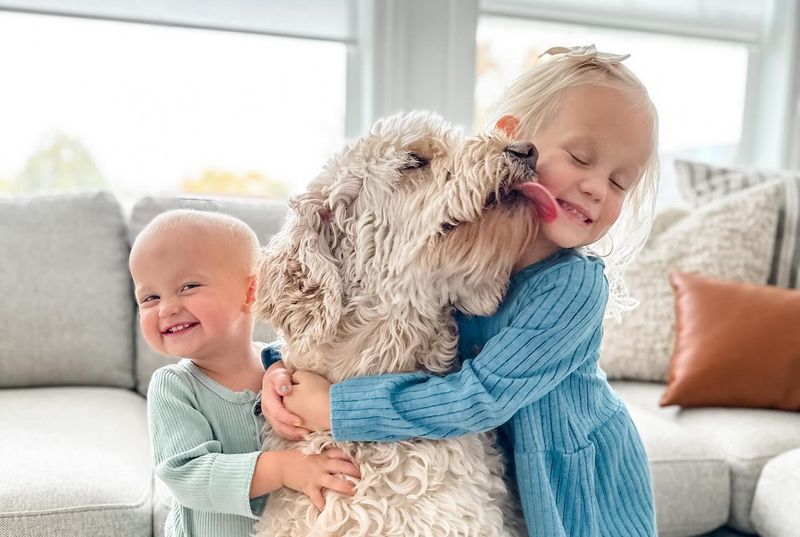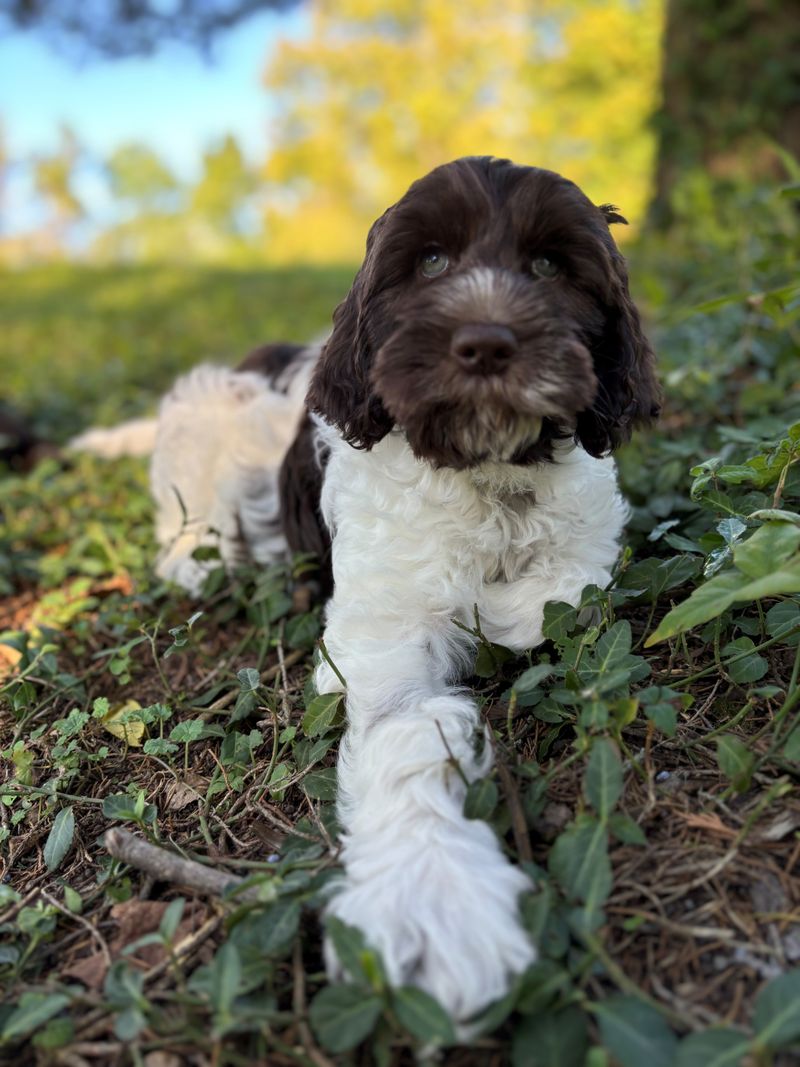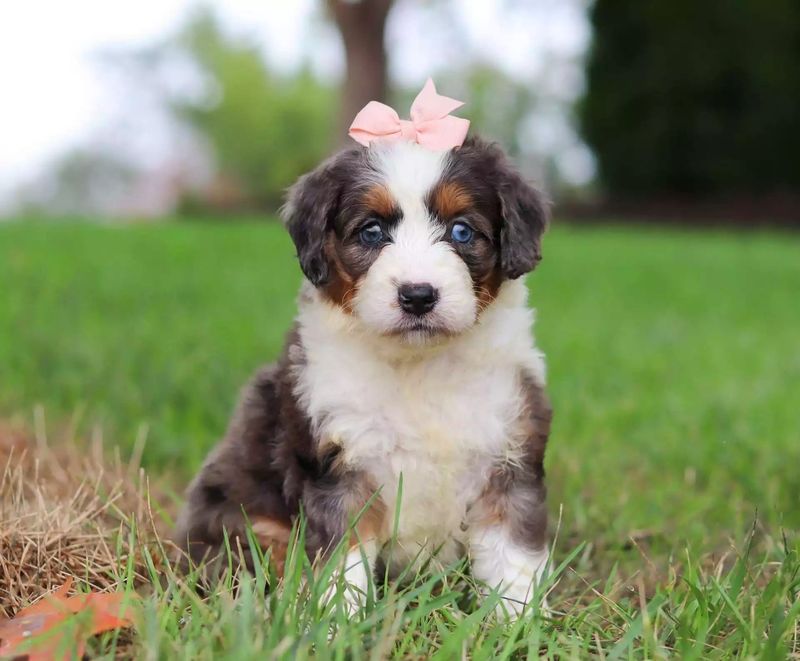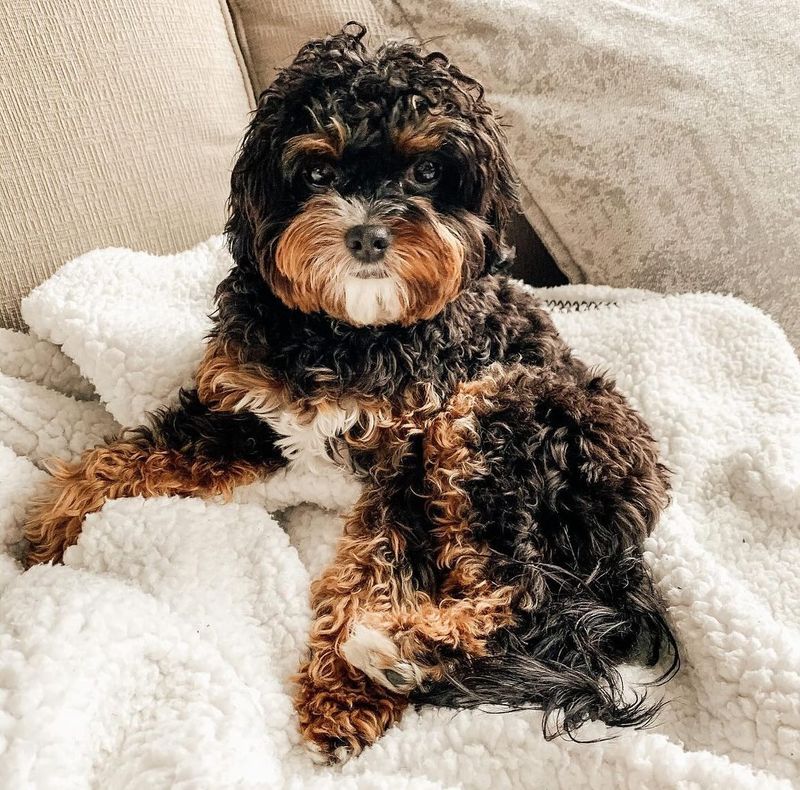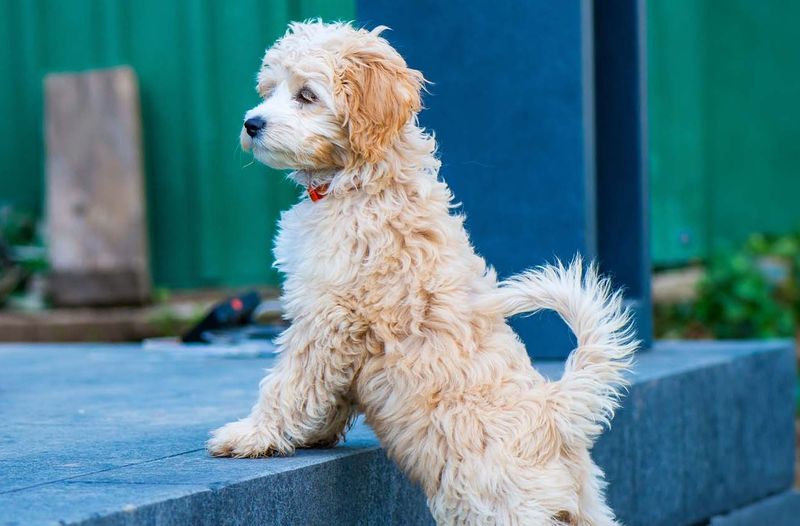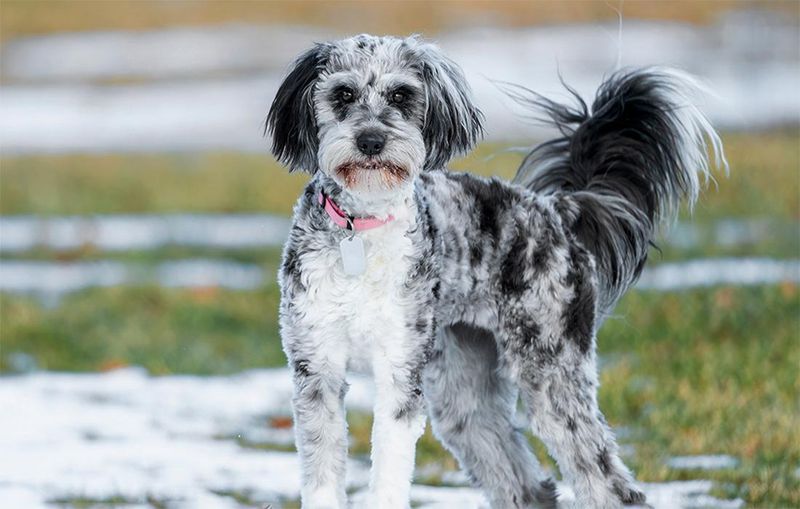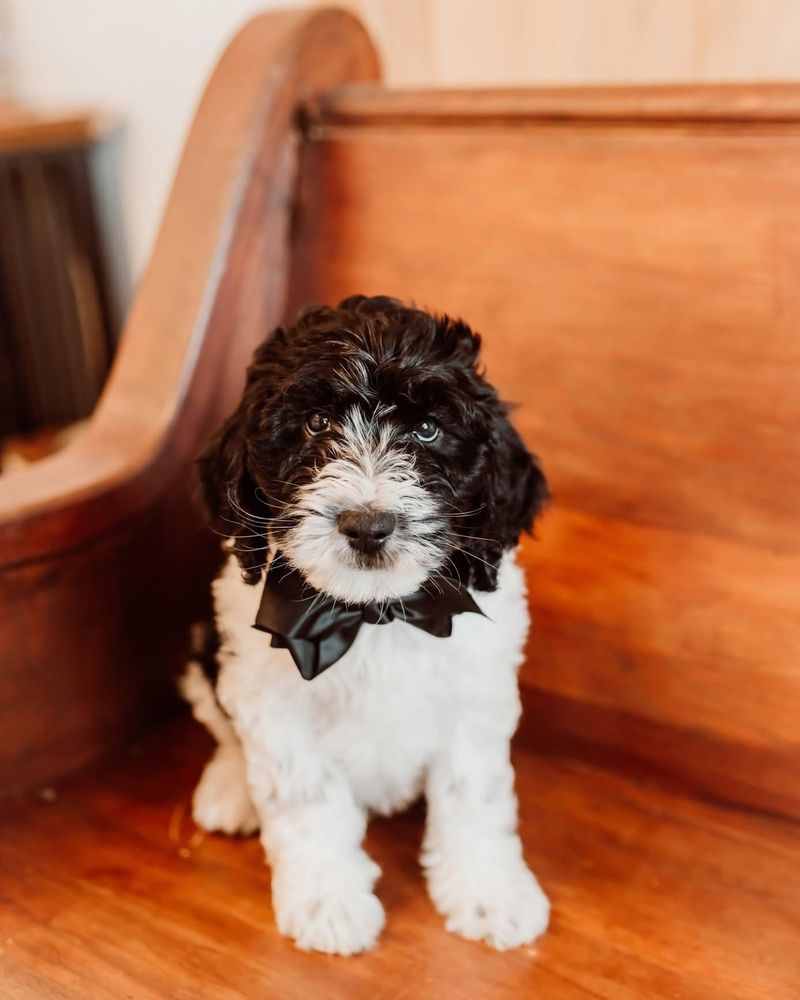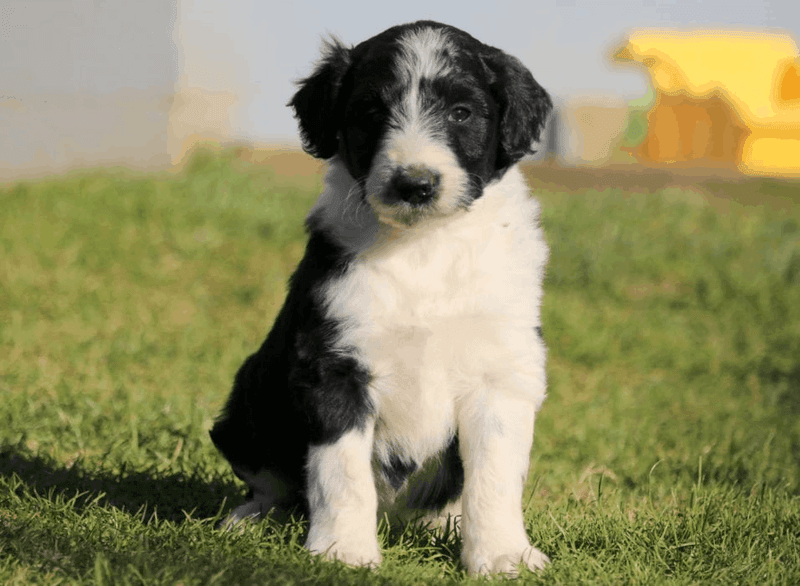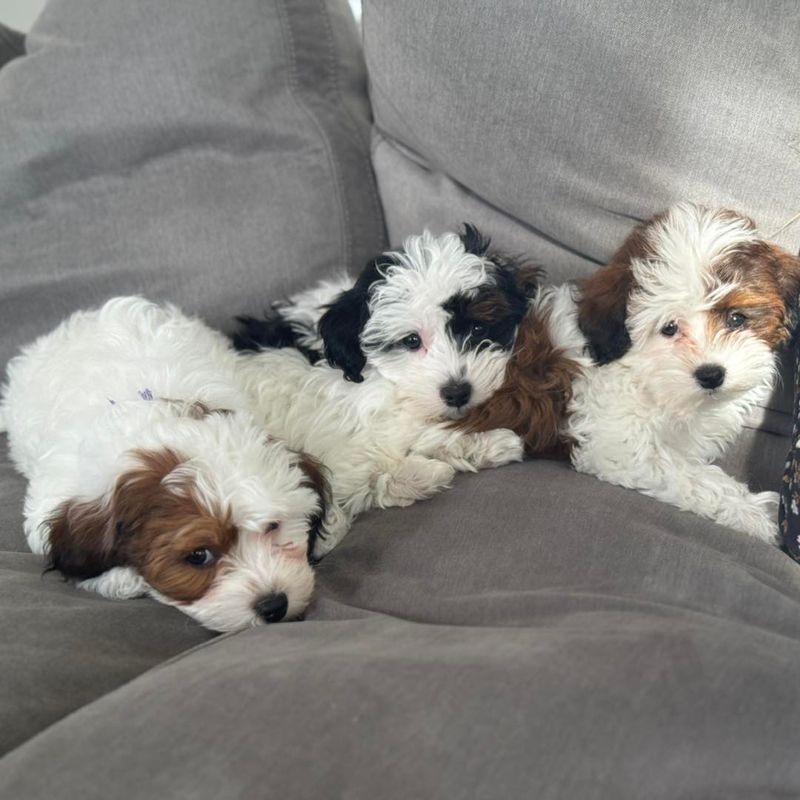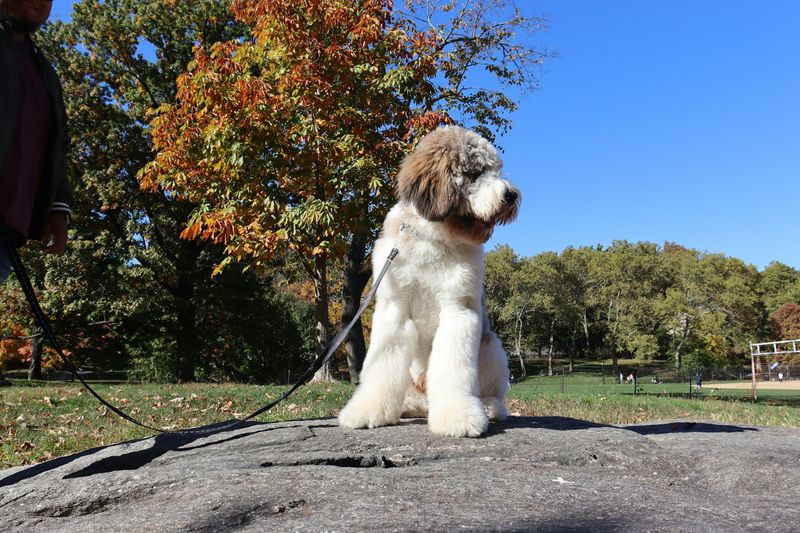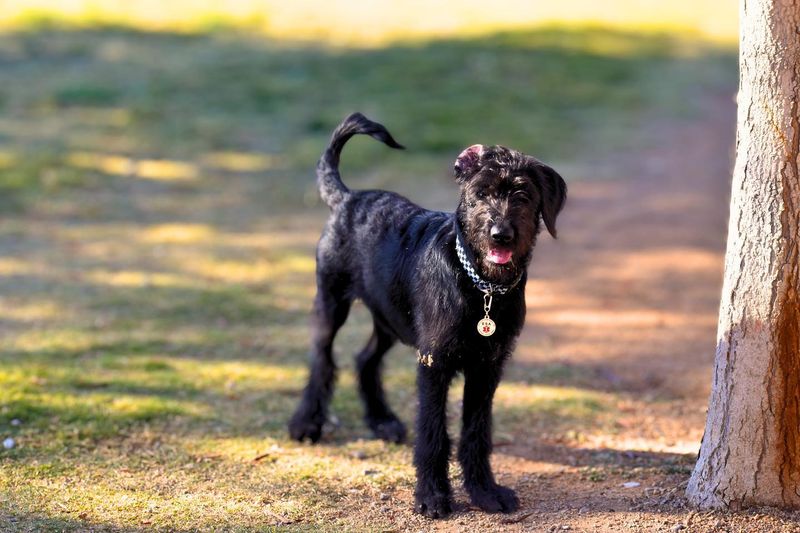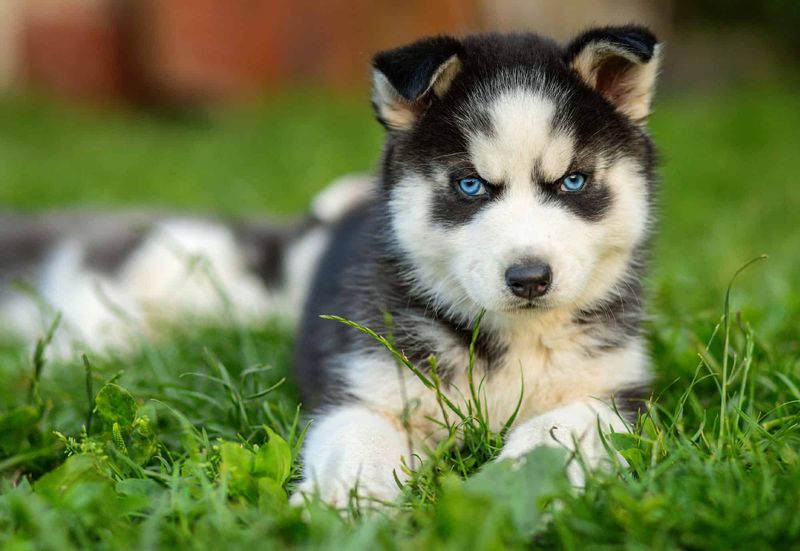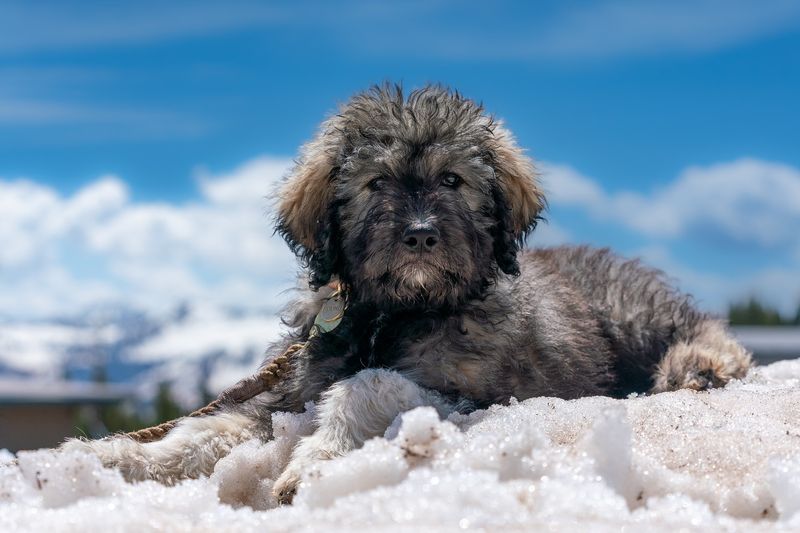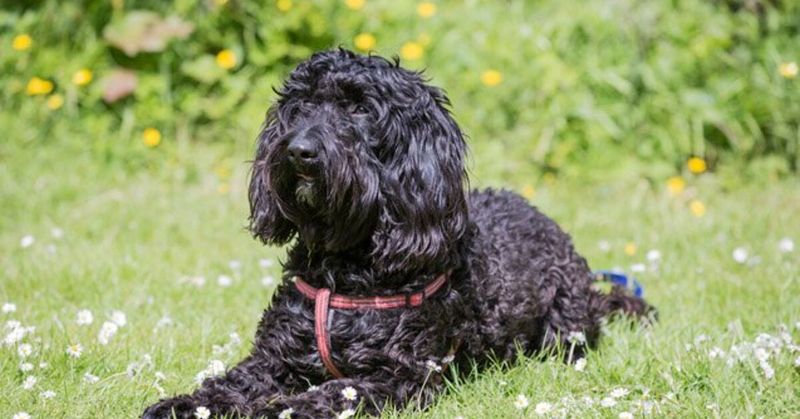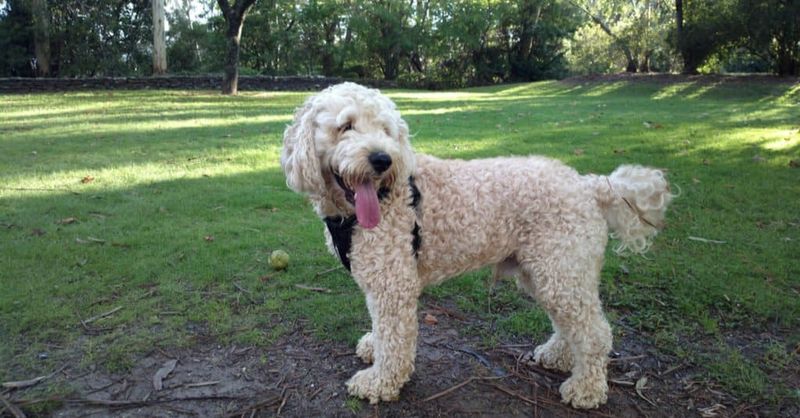12 Perfect Doodle Breeds for Every Owner & 6 That Demand Extra TLC
Fluffy coats, teddy bear faces, and the promise of “hypoallergenic” fur—doodle dogs have become the it breed for modern pet lovers. With their viral cuteness and charming reputations, it’s easy to assume all doodles are easygoing, cuddly companions perfect for any household. But beneath those designer curls lies a wide spectrum of personalities, needs, and challenges that first-time dog owners don’t always anticipate.
Doodles aren’t a single breed—they’re a hybrid explosion of Poodle mixes, each carrying traits from their other half: from the loyal Labrador to the intense German Shepherd or the free-spirited Husky. That means while some doodles are intuitive cuddle bugs who live to please, others can be strong-willed, high-energy, or even protective to the point of being a handful.
Choosing the right doodle is less about which one looks cutest and more about which one actually fits your lifestyle.
Are you an apartment dweller seeking a calm, low-maintenance lapdog? Or an adventure junkie ready for a running buddy who can also outsmart you? Maybe you’re hoping for a family-friendly fluffball who adores your kids—or maybe you need to know which doodles aren’t great with small children or novice trainers.
In this guide, we’ll explore the best doodles for first-time dog owners—those lovable, loyal companions who practically come with a how-to manual—and the ones that, while amazing, may need a more experienced hand to thrive. From the gentle Goldendoodle to the fiercely independent Huskydoodle, we’ve broken down the doodle world so you can find your perfect match—or avoid a furry mistake you weren’t ready for.
Which one will you fall for?
1. Goldendoodle: The Family-Friendly Favorite
Golden Retrievers and Poodles create magic in this beloved mix. Goldendoodles inherit the sunny disposition of Golden Retrievers while benefiting from the Poodle’s intelligence and low-shedding coat.
Most Goldendoodles thrive in active households and form deep bonds with children. Their natural friendliness makes them excellent therapy dogs, and their trainability means even novice owners can succeed with consistent, positive methods.
Ranging from 15-90 pounds, depending on the Poodle parent’s size, you can find a Goldendoodle that fits your living situation. Their adaptable nature works well in both apartments and homes with yards.
2. Labradoodle: The Versatile Companion
Born from a vision to create hypoallergenic guide dogs, Labradoodles combine the Labrador’s helpful nature with the Poodle’s brainpower and coat. These energetic pups excel in various roles, from service animals to family pets.
Their adaptable personality makes them suitable for many living situations. Labradoodles typically weigh between 50-65 pounds with a height of 21-24 inches, fitting comfortably in medium-sized homes with access to outdoor activities.
First-time owners appreciate their eagerness to please during training sessions. Their social butterfly tendencies mean they get along famously with other pets and strangers alike.
3. Bernedoodle: The Gentle Giant
Bernese Mountain Dogs lend their calm demeanor while Poodles contribute intelligence to create these lovable teddy bears. Bernedoodles typically show remarkable patience with children and a laid-back approach to life that suits relaxed households.
Standard Bernedoodles reach 70-90 pounds, but mini versions (25-49 pounds) offer the same sweet temperament in a smaller package. Their tri-color coats of black, white, and brown turn heads at dog parks and require regular grooming to prevent matting.
Despite their size, these dogs often think they’re lapdogs! They form intense bonds with their families and prefer homes where someone is present most of the day.
4. Cavapoo: The Apartment-Perfect Companion
Cavalier King Charles Spaniels and Toy Poodles create these pocket-sized charmers. Weighing just 12-25 pounds, Cavapoos fit perfectly into city living while bringing countryside warmth through their affectionate nature.
Their expressive eyes and teddy bear appearance hide a surprisingly adaptable temperament. Cavapoos adjust their energy levels to match their environment—playful when engaged but content to cuddle quietly during downtime.
First-time dog owners find them particularly rewarding thanks to their responsive training style and desire to please. Their moderate exercise needs (30-45 minutes daily) make them manageable for busy lifestyles while their low-shedding coats appeal to allergy-conscious households.
5. Cockapoo: The Pioneer Doodle
As one of the original doodle breeds dating back to the 1960s, Cockapoos combine Cocker Spaniel charm with Poodle smarts. These 10-30 pound bundles of joy bring decades of proven temperament to first-time dog owners.
Their happy-go-lucky attitude translates into an eager training partner who forgives novice mistakes. Cockapoos typically inherit the Spaniel’s loving eyes and the Poodle’s non-shedding coat, creating an irresistible appearance that matches their sunny disposition.
Seniors particularly appreciate their moderate exercise needs and intuitive companionship. Many Cockapoos seem to develop an almost telepathic bond with their owners, anticipating needs and providing comfort during difficult times.
6. Aussiedoodle: The Brainy Buddy
Australian Shepherds contribute their legendary intelligence while Poodles add hypoallergenic benefits to create these mental powerhouses. Aussiedoodles thrive with owners who provide both physical exercise and brain games to prevent boredom-based behaviors.
Their striking appearance often includes merle patterns and bright blue or multicolored eyes that capture attention. Weighing between 25-70 pounds, depending on the Poodle parent, they adapt to various living situations provided they receive adequate mental stimulation.
Perfect for active owners who enjoy hiking, agility, or advanced training challenges, these dogs excel in canine sports. Their problem-solving abilities sometimes surprise even experienced dog owners, as they figure out everything from puzzle toys to door latches!
7. Maltipoo: The Pocket-Sized Charmer
Maltese elegance meets Toy Poodle intelligence in these diminutive doodles weighing just 5-20 pounds. Maltipoos pack enormous personality into tiny packages, making them perfect for smaller living spaces or owners with limited mobility.
Their silky, low-shedding coats come in various colors from white to apricot to black, requiring regular grooming to maintain their adorable teddy bear appearance. Surprisingly sturdy despite their size, many Maltipoos enjoy short play sessions that satisfy their exercise needs without demanding lengthy walks.
Seniors find them particularly companionable as they’re content to snuggle for hours yet provide alertness to household activities. Their portable size makes them excellent travel companions who adapt quickly to new environments.
8. Sheepadoodle: The Gentle Playmate
Old English Sheepdogs contribute their protective yet gentle nature while Poodles add trainability to these distinctive black and white doodles. Young families appreciate their natural patience with children and moderate energy levels that match family activities.
Their iconic “panda bear” appearance comes from their contrasting coat colors and teddy bear face. Standard Sheepadoodles typically weigh 60-80 pounds, though mini versions offer the same temperament in a 25-45 pound package.
Despite their working dog heritage, Sheepadoodles adapt well to suburban life with moderate exercise. Many owners report they seem to intuitively understand the difference between rowdy adult play and gentler interactions needed with small children.
9. Schnoodle: The Spirited Sentinel
Schnauzers lend their alert watchdog instincts while Poodles contribute trainability in these versatile doodles. Available in toy (10 pounds), miniature (15-25 pounds), and standard (35-75 pounds) sizes, there’s a Schnoodle for every living situation.
Their wiry, low-shedding coats typically require professional grooming every 6-8 weeks to maintain their distinctive bearded appearance. Novice owners appreciate their natural intelligence which makes training relatively straightforward with positive reinforcement methods.
Despite their sometimes serious expression, Schnoodles possess a playful streak that emerges during playtime. Their balanced energy levels suit moderately active households – they enjoy walks and play sessions but don’t demand excessive exercise.
10. Yorkipoo: The Tiny Treasures
Yorkshire Terriers contribute their big-dog personality while Toy Poodles add intelligence to these pint-sized companions weighing just 3-14 pounds. Yorkipoos pack surprising confidence into tiny bodies, making them suitable for apartments, travel, and owners with limited space.
Their minimal shedding and diminutive size make them excellent choices for elderly owners or those with physical limitations. Despite their small stature, they maintain the terrier’s spunky attitude, providing entertainment and alertness to household activities.
Many Yorkipoos develop strong attachments to their primary caregiver, offering unwavering loyalty. Their exercise needs can typically be met with indoor play sessions and short walks, making them manageable for those unable to provide lengthy outdoor activities.
11. Bordoodle: The Athletic Achiever
Border Collies bring their legendary work ethic while Poodles contribute hypoallergenic coats to create these energetic, trainable companions. Bordoodles thrive in homes that provide both physical challenges and mental stimulation through training, agility, or interactive games.
Their athletic build supports their natural agility and endurance, typically weighing 30-60 pounds with a lean, muscular frame. First-time owners with active lifestyles find their trainability rewarding, though their intelligence requires consistent mental challenges.
Many Bordoodles excel in dog sports like agility, flyball, or advanced obedience. Their problem-solving abilities and desire to work alongside humans make them particularly fulfilling for owners interested in building strong training relationships.
12. Havapoo: The Sunshine Sidekick
Havanese dogs contribute their sunny Cuban personality while Poodles add their hypoallergenic coat to create these joyful little companions. Weighing just 7-20 pounds, Havapoos bring tropical warmth to any home with their playful antics and affectionate nature.
Their silky, low-shedding coats come in various colors and require regular grooming to prevent matting. Many owners choose the popular “teddy bear” cut that accentuates their naturally expressive faces and bright, inquisitive eyes.
Particularly well-suited for first-time dog owners, Havapoos respond enthusiastically to positive training methods. Their adaptable nature means they’re equally happy with a playful romp or a quiet cuddle session, adjusting their energy to match their owner’s lifestyle.
13. Saint Berdoodle: The Gentle-But-Demanding Giant
Saint Bernards contribute their massive size and legendary rescue instincts while Poodles add trainability to these enormous doodles. Weighing 110-200 pounds when fully grown, Saint Berdoodles require significant space and owners capable of managing their physical strength.
Their impressive size brings equally large expenses—from food quantities to medication doses to grooming costs. Potential owners should budget accordingly for these gentle giants whose appetites match their stature.
Despite their sweet nature, their sheer mass can accidentally knock over children or elderly family members. First-time dog owners often underestimate the challenges of raising such a large breed, from specialized equipment needs to transportation difficulties when veterinary care is required.
14. Shepadoodle: The High-Drive Defender
German Shepherds contribute their protective instincts while Poodles add hypoallergenic benefits to these intelligent working dogs. Shepadoodles typically inherit strong guarding tendencies that require careful socialization to prevent overprotectiveness or suspicion of strangers.
Their high exercise needs demand at least 1-2 hours of vigorous activity daily, making them unsuitable for sedentary households. Mental stimulation is equally important – without adequate challenges, they may develop destructive behaviors from boredom.
First-time owners often struggle with their natural testing of boundaries and strong-willed nature. Experienced handlers who understand working dog psychology can channel these traits positively, but novices may find themselves overwhelmed by the combination of intelligence and protective instincts.
15. Huskydoodle: The Independent Thinker
Siberian Huskies bring their independent spirit while Poodles contribute their non-shedding coat to create these striking but challenging doodles. Huskydoodles inherit the Husky’s notorious escape artist tendencies, requiring secure fencing and vigilant supervision.
Their strong prey drive means cats and small animals may be at risk, even with socialization. Many retain the Husky’s distinctive vocalizations – from howls to “talking” – making them potentially problematic in apartments or noise-restricted communities.
Training challenges stem from their independent thinking and selective listening skills. Unlike people-pleasing doodles, Huskydoodles often question why they should follow commands without obvious benefits to themselves. Experienced owners who understand northern breed psychology can build successful relationships, but first-timers often struggle.
16. Pyredoodle: The Livestock Guardian Challenge
Great Pyrenees contribute their ancient guardian instincts while Poodles add trainability to these massive, independent doodles. Weighing 85-100+ pounds, Pyredoodles inherit the Pyrenees’ natural suspicion of strangers and powerful protective instincts toward their family and property.
Their independent decision-making skills, bred for centuries to protect flocks without human direction, can frustrate owners expecting immediate obedience. Many Pyredoodles are naturally nocturnal, patrolling and sometimes barking throughout the night as their ancestors did while guarding livestock.
Their thick double coats require extensive grooming and shed seasonally despite the Poodle influence. Rural homes with acreage suit them best, as suburban settings rarely provide sufficient space for their natural roaming tendencies.
17. Rottle: The Powerful Protector
Rottweilers contribute their protective nature while Poodles add trainability to these strong, muscular doodles. Rottles typically weigh 75-110 pounds with powerful builds that require confident handling and early training to manage their physical strength.
Their protective instincts need careful socialization to prevent inappropriate guarding behaviors. Many retain the Rottweiler’s natural suspicion of strangers, requiring owners who can provide consistent leadership and clear boundaries.
Despite their intimidating appearance, well-raised Rottles can be gentle with family. However, their size and strength mean even friendly jumping or play can overwhelm children or elderly family members. Experienced owners who understand guardian breeds can develop wonderful relationships, while first-timers often struggle with their combination of power and protective instincts.
18. Springerdoodle: The Hunting Heritage Handful
English Springer Spaniels contribute their hunting drive while Poodles add their water-loving nature to create these energetic sporting doodles. Springerdoodles often retain strong prey drives that can make them challenging around small pets or wildlife.
Their boundless energy demands substantial daily exercise – typically 1-2 hours of vigorous activity. Without adequate outlets, they may develop nuisance behaviors like excessive barking, digging, or destructive chewing.
Their natural hunting instincts can manifest as difficulty maintaining focus during training when interesting scents or movements distract them. Homes with secure yards and active lifestyles suit them best, while apartment living rarely provides sufficient space for their natural exuberance.

